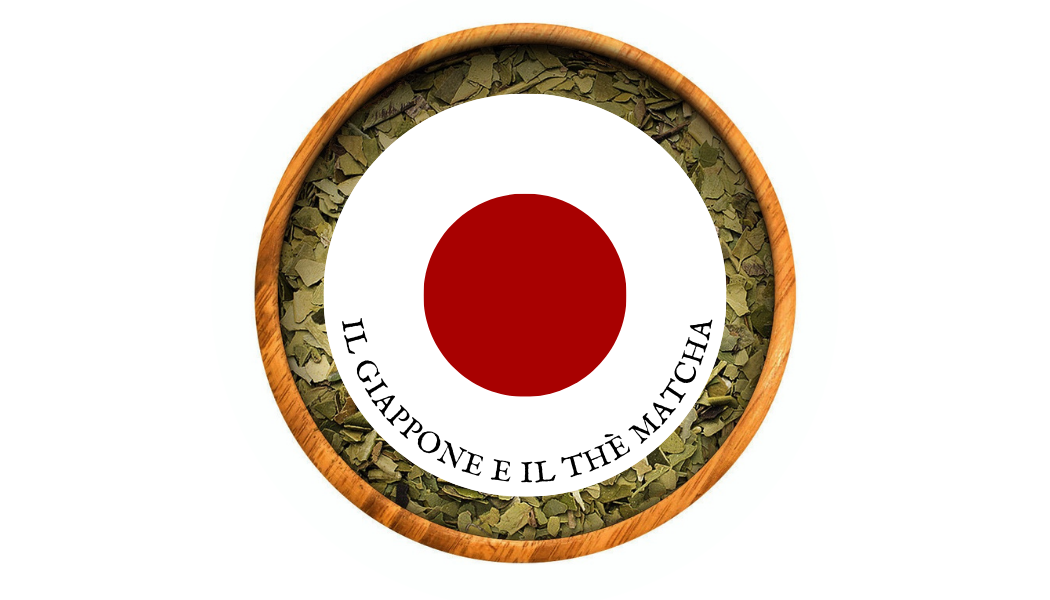
Japan, Matcha Tea, and the Similarities with Argentine Mate
Share
Tea Cultures in Argentina and Japan: A Meeting of Traditions and Flavors
Tea is a beverage that unites people and different traditions, but the way it is consumed and appreciated varies greatly from one culture to another. In this article, we will explore the fascinating differences and similarities between two distant but equally captivating tea cultures: the Argentine and the Japanese.
Mate: The Heart of Argentina's Tea Culture
In Argentina, the beverage that embodies the spirit of tea is mate. This infusion of yerba mate leaves is much more than just a drink: it is a social ritual, a symbol of friendship, and a means of connecting with others. Traditionally, mate is prepared in a container called "mate" (from which the drink gets its name) and sipped through a metal straw called a "bombilla." The mate ritual involves the preparer, or "cebador," filling the mate with leaves, adding hot (but not boiling) water, and offering the mate to participants, who share it in turns.
Mate is often consumed bitter, but it can be sweetened with sugar or flavored with citrus peels or other spices, depending on personal preferences. The social significance of mate in Argentina is profound: sharing it represents a gesture of trust and friendship.
Tea in Japan: A Traditional Art
In Japan, tea is much more than a simple beverage: it is an art form and a spiritual practice. The Japanese tea ceremony, known as "chanoyu" or "sadō," is an ancient ritual that reflects Zen philosophy. The tea used in the ceremony is matcha, a finely powdered green tea that is whisked with a bamboo whisk in a bowl, creating a thick drink with an intense flavor.
Every detail of the ceremony, from hand movements to the arrangement of utensils, is designed to create an experience of contemplation and harmony. The tea ceremony is not just a moment of tea consumption but also an opportunity to meditate on the beauty and transience of life.
Differences and Similarities
Despite the vast cultural differences, both Argentine mate and Japanese tea are deeply rooted in the daily lives of their respective peoples. Both traditions view tea as a means of connecting with others, though in different ways. In Argentina, mate is a moment of sharing and dialogue, while in Japan, the tea ceremony is an opportunity to find inner peace and appreciate the beauty of fleeting moments.
Another similarity lies in the respect for the ingredients and the preparation process. In both cases, the quality of the leaves and attention to detail in preparation are essential to achieving a result that goes beyond mere taste, offering a complete cultural experience.
The comparison between tea culture in Argentina and Japan shows how a simple beverage can take on profound and diverse meanings depending on the cultural context. While in Argentina mate represents friendship and community, in Japan the tea ceremony embodies the pursuit of harmony and beauty. Both traditions, however, remind us of the importance of slowing down and appreciating the small moments in life, perhaps while sipping a cup of tea in good company.
The Gesture of Noise in Mate and Tea: A Sign of Appreciation and Communication
A curious and interesting similarity between Argentine and Japanese tea cultures is the gesture of making noise at the end of the drink. In both traditions, making noise with the last sip is not only accepted but also a meaningful act. This sound, though it may seem insignificant, reveals much about the social function of tea and the relationship between the server and the recipient.
The Noise in Argentine Mate: A Subtle Request
In Argentina, when drinking mate in company, it is common to make a noise by sucking the last sip through the bombilla. This gesture, which might seem like a simple coincidence, actually has a specific communicative purpose: it signals to the "cebador" (the person who prepares and serves the mate) that you have finished drinking and are ready for another serving. In this context, the noise is not seen as impolite but rather as a sign of appreciation for the beverage and an invitation to continue the ritual.
In a group of friends or family sharing mate, the noise at the end of drinking signals that the round can continue, keeping the cycle of sharing alive. This small gesture strengthens the social bond between participants and keeps the group dynamic, ensuring that no one is left without their portion of mate.
The Noise in Japanese Tea: A Sign of Appreciation
In Japanese culture, noise is also an integral part of the tea experience but carries a slightly different connotation. During the tea ceremony, particularly when consuming matcha, it is customary to make a slight slurping noise while taking the last sip from the bowl. This gesture, called "susu," is interpreted as a sign of appreciation and satisfaction for the tea served.
In Japanese culture, where verbal expressions may be limited by a strong sense of respect and discretion, the noise represents a non-verbal way of communicating one's enjoyment to the host. Making this sound also indicates that the tea has been finished, implicitly signaling that one is ready for another cup or that the tasting portion of the ceremony has concluded.
A Universal Gesture of Connection
Though the context and form differ, in both Argentina and Japan, the noise made at the end of the drink serves as a bridge of communication between the server and the drinker. It is a gesture that, in its simplicity, reflects the importance of reciprocity and continuous social interaction during the tea ritual.
In both cultures, making noise is never considered discourteous but rather a positive signal inviting the continuation of the sharing moment. This tradition demonstrates how even small details can carry profound meaning and how, despite cultural differences, universal gestures exist that unite people geographically and culturally distant.
The gesture of making noise at the end of mate in Argentina and matcha in Japan highlights how both cultures have developed a sophisticated non-verbal language to express appreciation and facilitate communication between people. In both cases, this gesture enriches the tea experience, transforming it from a simple act of consumption into a ritual of social interaction and mutual respect. Whether it's a mate shared among friends or a cup of tea in a Japanese ceremony, the sound of the last sip remains a discreet yet powerful sign of human connection.
